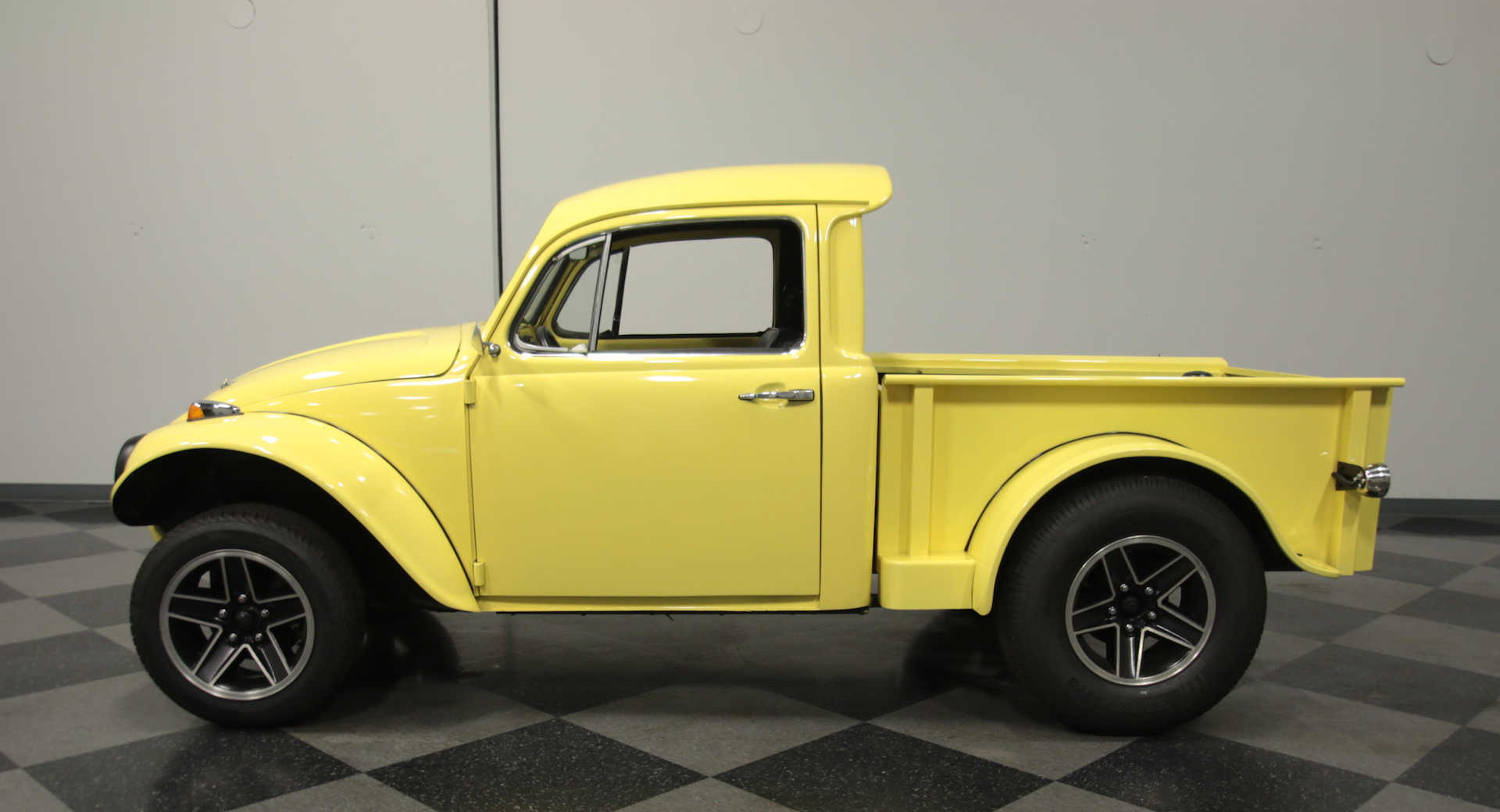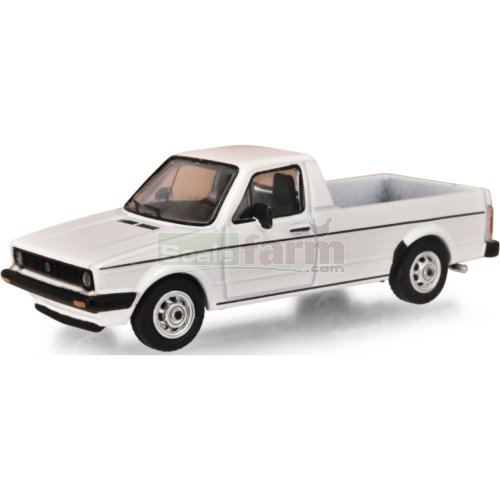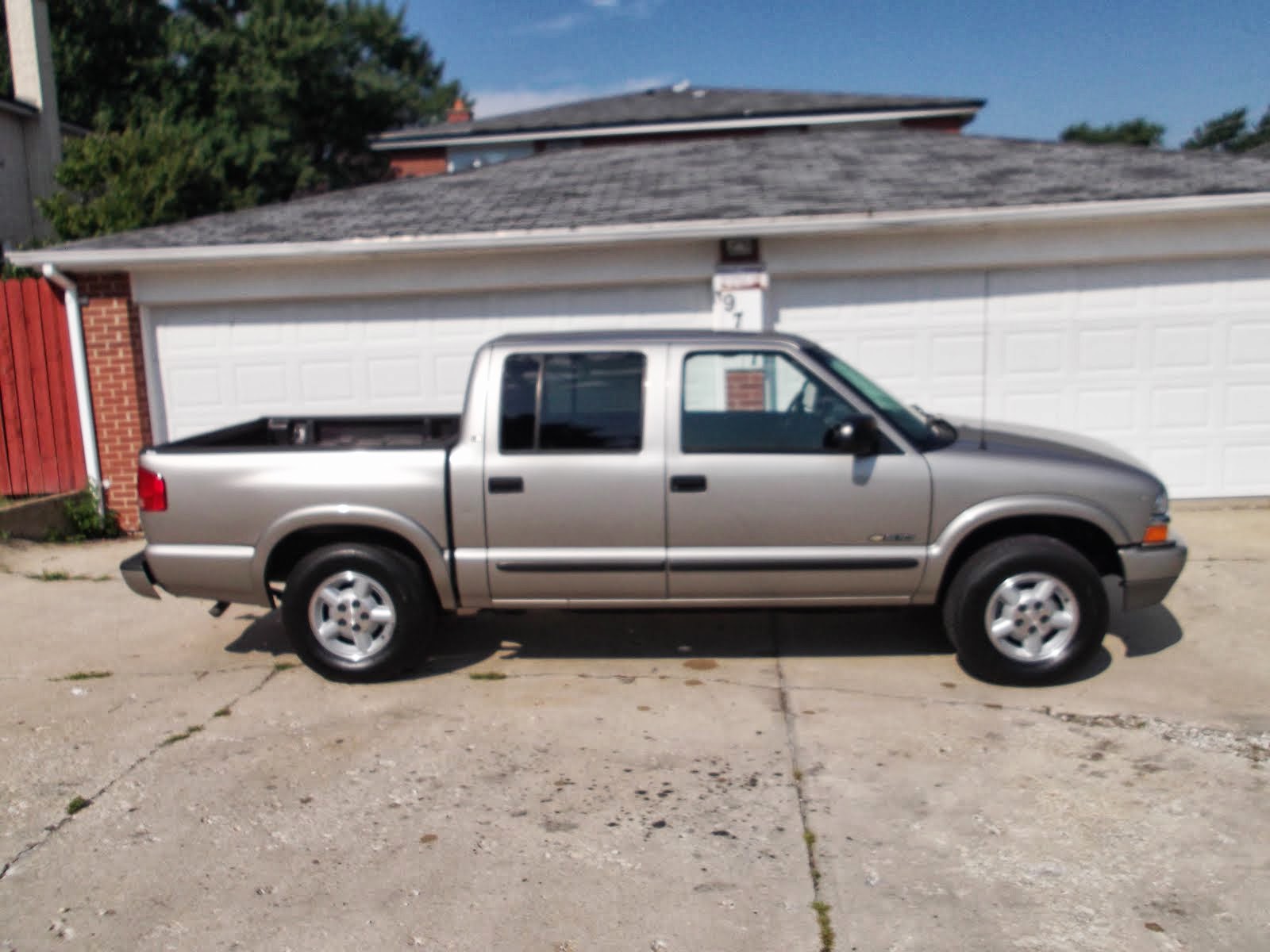Used VW Pickup Trucks For Sale: A Comprehensive Guide to Finding Your Next Compact Workhorse or Cult Classic pickup.truckstrend.com
For a certain segment of automotive enthusiasts and practical-minded individuals, the idea of a Volkswagen pickup truck evokes a unique blend of nostalgia, utility, and understated cool. While not as ubiquitous as their American counterparts, used VW pickup trucks hold a special place in the market, offering everything from compact, fuel-efficient workhorses to modern, rugged utility vehicles, depending on the model and region. This comprehensive guide delves into the world of used VW pickup trucks for sale, exploring their enduring appeal, key models, what to look for, and practical advice for potential buyers.
The Enduring Appeal of VW Pickups
Used VW Pickup Trucks For Sale: A Comprehensive Guide to Finding Your Next Compact Workhorse or Cult Classic
The allure of used VW pickup trucks stems from a combination of factors. For many, it’s the iconic design and surprising utility of the original VW Rabbit Pickup (known as the Caddy in Europe and other markets). These compact trucks, produced primarily in the 1980s, offered exceptional fuel economy, especially with their diesel engines, and a car-like driving experience. They were nimble, easy to park, and surprisingly capable for light hauling and daily chores. Their simple, robust engineering made them relatively easy to maintain, fostering a loyal community of owners and enthusiasts.
Beyond the classic, there’s the more modern Volkswagen Amarok, a mid-size pickup truck primarily sold outside North America. The Amarok offers a vastly different proposition: a sophisticated, powerful, and capable vehicle designed for both serious work and comfortable daily driving. Its availability on the used market (outside the US) broadens the scope of what a "used VW pickup" can be, from a bare-bones utility vehicle to a premium lifestyle truck.
Whether you’re seeking a charming vintage project, a practical and economical small hauler, or a modern, capable workhorse, the used VW pickup market offers diverse options that stand out from the crowd.
Key Models and Their Characteristics
Understanding the different VW pickup models is crucial for any potential buyer.
1. The VW Rabbit Pickup / Caddy (Mk1: 1979-1984 in North America, continued elsewhere)
This is arguably the most recognized "used VW pickup" in North America. Based on the Mk1 Golf/Rabbit platform, it offered a unique blend of compact car agility and light truck utility.
- History & Design: Produced from 1979 to 1984 at VW’s Westmoreland, Pennsylvania plant, the Rabbit Pickup (or "Sportruck" as it was sometimes marketed) was a response to the growing demand for small, fuel-efficient trucks. Its unibody construction and independent front suspension provided a comfortable ride not typically found in traditional pickups of its era.
- Engine Options:
- Gasoline: Primarily 1.5L, 1.6L, and 1.7L four-cylinder engines. Simple, reliable, but not powerhouses.
- Diesel: 1.5L and 1.6L naturally aspirated diesel engines were highly popular due to their incredible fuel economy (often exceeding 40 MPG). These engines are renowned for their longevity if properly maintained.

- Common Uses: Ideal for light hauling, commuting, gardening, and as a unique daily driver. They also became popular platforms for custom builds, engine swaps, and restoration projects.
- Pros: Excellent fuel economy (diesel), compact size, nimble handling, easy to park, strong community support, relatively simple to work on, cult classic status.
- Cons: Limited payload and towing capacity, prone to rust (especially in northern climates), age-related wear and tear, parts availability for some specific components can be challenging (though many Golf/Rabbit parts interchange).


2. The VW Amarok (2010-Present, International Market)
A much more modern and substantial offering, the Amarok is a mid-size pickup truck designed for global markets (excluding North America, initially, though it might return as a Ford Ranger-based model).
- History & Design: Launched in 2010, the Amarok marked VW’s serious entry into the global pickup truck segment. It features a robust ladder-frame chassis, sophisticated suspension, and a more refined interior than many competitors.
- Engine Options: Predominantly turbocharged diesel engines (2.0L TDI and 3.0L V6 TDI), offering strong torque, good fuel economy for its size, and impressive towing capabilities. Later models also offered gasoline options.
- Common Uses: Work truck, family vehicle, off-roading, towing, adventure vehicle. Its versatility makes it suitable for a wide range of applications.
- Pros: Modern safety features, comfortable ride, strong performance (especially V6 diesel), good payload and towing capacity, refined interior, available 4MOTION (AWD) system.
- Cons: Not officially sold new in the US (importing can be complex and costly), higher purchase price, more complex electronics and mechanics compared to the Caddy, potentially higher maintenance costs.
Where to Find Used VW Pickups
The hunt for a used VW pickup, particularly a classic Rabbit/Caddy, requires a bit of savvy.
- Online Marketplaces:
- eBay Motors: Good for both classic and more modern Amaroks (especially from international sellers).
- Craigslist/Facebook Marketplace: Excellent for finding local deals on Rabbit Pickups. Be prepared for varying conditions and "as-is" sales.
- Dedicated VW Forums & Classifieds: Websites like VWVortex.com, TheSamba.com, and specific Caddy/Rabbit pickup forums often have "for sale" sections where enthusiasts list their vehicles. These are great places to find well-maintained examples.
- Classic Car Dealers/Specialists: Some dealers specialize in vintage European cars and might occasionally have a well-restored Rabbit Pickup.
- Auctions: Online and physical auctions can yield finds, but careful inspection is paramount.
- Word of Mouth: Sometimes, the best finds come from networking within the VW community.
What to Look For When Buying a Used VW Pickup
Thorough inspection is crucial, especially for older models.
- Body and Frame:
- Rust: The Rabbit Pickup is highly susceptible to rust. Check rocker panels, floorboards, wheel wells, bed corners, and around the windshield. Frame rust on the Amarok should also be inspected, though it’s less common.
- Accident Damage: Look for misaligned panels, inconsistent paint, and signs of structural repair.
- Engine and Drivetrain:
- Rabbit Pickup:
- Diesel: Check for excessive smoke (blue/white indicates oil/coolant, black indicates fuel issues), hard starting, knocking noises, and proper glow plug function. Look for fuel leaks.
- Gas: Check for carburetor issues (rough idle, stalling), oil leaks, and general running condition.
- Transmission: Manual transmissions should shift smoothly without grinding. Automatic transmissions (less common) should shift without harshness.
- Amarok: Listen for unusual engine noises, check for proper turbo function, and ensure the automatic or manual transmission shifts smoothly. Check for any warning lights on the dash.
- Rabbit Pickup:
- Suspension and Brakes:
- Test drive for clunking noises, excessive body roll, or a bouncy ride (worn shocks/struts).
- Check for even tire wear.
- Ensure brakes are firm, stop straight, and don’t make grinding noises.
- Interior:
- Check for wear and tear on seats, dashboard cracks (common on Rabbit Pickups), and the functionality of all gauges, lights, and accessories (heater, AC if present, radio).
- Documentation:
- Service History: A well-documented service history is invaluable, especially for diesel engines.
- Clear Ensure the seller has a clear title in their name.
- Test Drive: Always test drive the vehicle. Listen for unusual noises, check steering response, acceleration, braking, and overall feel. Try to drive it at various speeds and on different road surfaces.
Common Modifications and Upgrades
Many used VW pickups, particularly Rabbit Pickups, have been modified. This can be a double-edged sword.
- Pros: Some modifications (e.g., engine swaps, suspension upgrades, rust repair) can significantly improve the vehicle’s performance, reliability, or longevity if done professionally. Customization can add unique character.
- Cons: Poorly executed modifications can lead to more problems than they solve. Be wary of "shadetree" mechanic work. Always ask about the history of modifications and inspect them thoroughly.
Owning a Used VW Pickup: Practicalities
- Parts Availability: For Rabbit Pickups, many mechanical parts are shared with the Mk1 Golf/Rabbit, making them relatively accessible. Body panels and specific trim pieces can be harder to find but are often available through enthusiast groups or reproduction suppliers. Amarok parts are generally available through VW dealerships or aftermarket suppliers in regions where they were sold.
- Maintenance: Rabbit Pickups are mechanically simple and often DIY-friendly. Amaroks, being more modern, may require specialized tools or diagnostic equipment for certain repairs.
- Community Support: The VW community, especially for older models, is vibrant and incredibly helpful. Forums, social media groups, and local clubs are excellent resources for advice, parts, and technical support.
Estimated Price Table for Used VW Pickup Trucks
Prices for used VW pickup trucks vary wildly based on model, year, condition, mileage, modifications, and geographical location. This table provides a general estimate.
| Model | Year Range (Approx.) | Condition: Fair (Needs Work) | Condition: Good (Driver Quality) | Condition: Excellent (Restored/Low Miles) |
|---|---|---|---|---|
| VW Rabbit Pickup / Caddy (Mk1) | 1979-1984 (NA) / 1980s-1990s (EU) | $1,500 – $4,000 | $4,000 – $8,000 | $8,000 – $20,000+ |
| VW Amarok (International) | 2010 – 2016 (Gen 1) | $8,000 – $15,000 | $15,000 – $25,000 | $25,000 – $35,000+ |
| VW Amarok (International) | 2017 – Present (Gen 2/Facelift) | $18,000 – $28,000 | $28,000 – $40,000 | $40,000 – $55,000+ |
Note: Prices are estimates and can fluctuate significantly. "Excellent" condition for a Rabbit Pickup often implies a full restoration or a remarkably well-preserved original example. Amarok prices reflect international markets and do not include import costs to regions where it wasn’t officially sold.
Frequently Asked Questions (FAQ)
Q1: Are VW Rabbit Pickups reliable?
A1: Yes, particularly the diesel models, if properly maintained. Their simple mechanicals contribute to their longevity. However, like any 30+ year old vehicle, they will require regular maintenance and occasional repairs due to age-related wear.
Q2: Are parts hard to find for the Rabbit Pickup?
A2: Many mechanical parts are shared with the Mk1 Golf/Rabbit and are relatively easy to find new or used. Specific body panels and unique Caddy-only components can be more challenging, but the strong enthusiast community often helps locate rare parts or suggests reproduction options.
Q3: Can I use a VW pickup for heavy hauling?
A3: The Rabbit Pickup is a light-duty truck. Its payload capacity is limited (typically around 1,000-1,200 lbs) and towing capacity is minimal. The Amarok, however, is a capable mid-size truck designed for significant payload and towing duties.
Q4: What’s the difference between a Rabbit Pickup and a Caddy?
A4: They are essentially the same vehicle. "Rabbit Pickup" was the name used in North America, while "Caddy" was used in Europe and other international markets. There might be minor regional differences in trim or engine options.
Q5: Is the Amarok available in the US?
A5: The first-generation Amarok was not officially sold new in the United States. Importing one can be complex and costly, subject to federal regulations. A new, Ford Ranger-based Amarok is expected to potentially enter the North American market in the future, but the used market largely refers to the international model.
Q6: What should I budget for repairs after buying a used VW pickup?
A6: For a Rabbit Pickup, budget for potential rust repair, suspension components, and routine maintenance. If you’re buying a diesel, anticipate potential fuel system maintenance. For an Amarok, general maintenance costs will be similar to other modern mid-size trucks, but specialized parts might be pricier if not readily available in your region. Always set aside an emergency fund for unexpected issues.
Conclusion
The world of used VW pickup trucks for sale offers a compelling choice for those looking beyond the conventional. Whether you’re drawn to the compact charm and fuel efficiency of a classic Rabbit Pickup/Caddy, or the modern capability and refinement of an Amarok, these vehicles provide a distinct ownership experience. While the hunt for the right one requires diligence, and ownership comes with its own set of considerations, the reward is a unique, practical, and often beloved vehicle that stands out from the crowd. With the right research, inspection, and a bit of passion, you can find a used VW pickup that serves your needs and perhaps even becomes a cherished part of your automotive story.
